
|
|
|
|
|
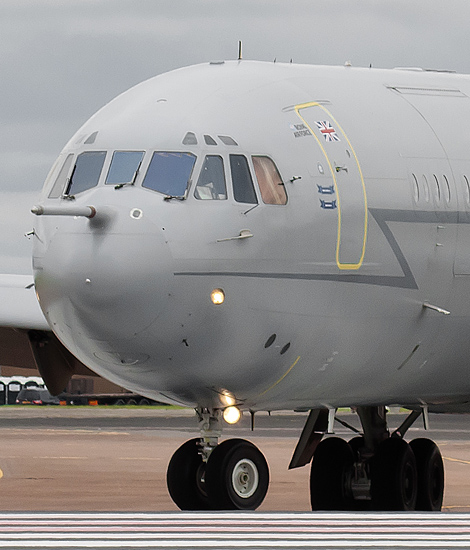
|
The RAF Tanker Fleet; RAF Fairford, July 8 - 9, 2012
The Royal International Air Tattoo, part 3; Text and Photograph's by Alex van Noye
Besides the transport aircraft, the British tankers were also present at the Skylift flight pass. The RAF has currently
2 types of tankers in service, namely; the Tristar and the VC10. Both aircraft will be replaced by the Airbus A330 Voyager
in the future. This type of tanker was also present at the RIAT 2012.
The strategic tankers are important for the long-distance missions of the RAF. This group of planes provides the support
for the other units of the RAF. The main task of the tanker fleet is the refueling of aircraft. Besides this task, the
aircraft can also be used for air transport and passenger transport. Refueling of the aircraft often happens during ferry
flights from the United Kingdom to the United States, but also to the Middle East and Afghanistan. The tankers will cross
the Atlantic Ocean together with a maximum of 4 fighter aircraft. The fighters which are equipped with external fuel tanks
have not enough capacity to cross the ocean on their own fuel capacity. The aircraft are refueled during the flight by the
tanker. Another scenario is the tanker flies circles in an area where the fighters will meet the tanker before they fly
their mission over enemy terrain. One example was the bombing mission in Libya. The Tornados flew directly from Britain
to the Mediterranean where they were refueled before their mission over Libya was started. On the way back they refueled
again with the help of the same tankers. The RAF currently has 2 types of tankers in service. These aircraft are the
Vickers VC10 and the Lockheed Tristar. The Airbus A330 Voyager will take over the tasks of both tankers in the near future.
The first A330 has been delivered to the RAF.
The RAF has currently 9 Lockheed L-1011 Tristar tankers in service. All the aircraft are assigned to the no 216 Squadron
at RAF Brize-Norton. The Tristar is primarily used in the role of a tanker; the aircraft is also able to act as a cargo
plane. The Tristars of the RAF served in the past as passenger aircraft at British Airways and Pan Am. The aircraft were
purchased by the RAF at the beginning of the 80s. The 6 ex British Airways aircraft were converted to tanker by Marshall
at RAF Cambridge. The first 4 aircraft were converted to Tristar KC1 and the last 2 were converted to Tristar K1. The
planes have internal fuel tanks below the passenger floor giving the aircraft an additional fuel capacity of 43,900 kg.
The Boom Operator who is refuelling the recei-
|
|
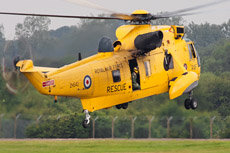
|
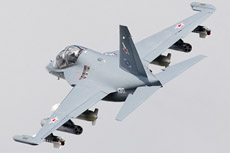
|
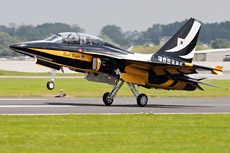
|
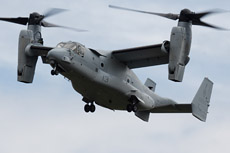
|
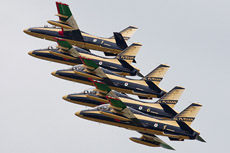
|
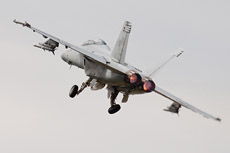
|
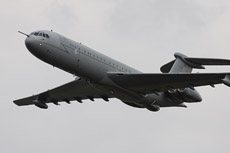
|
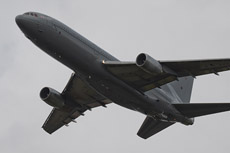
|
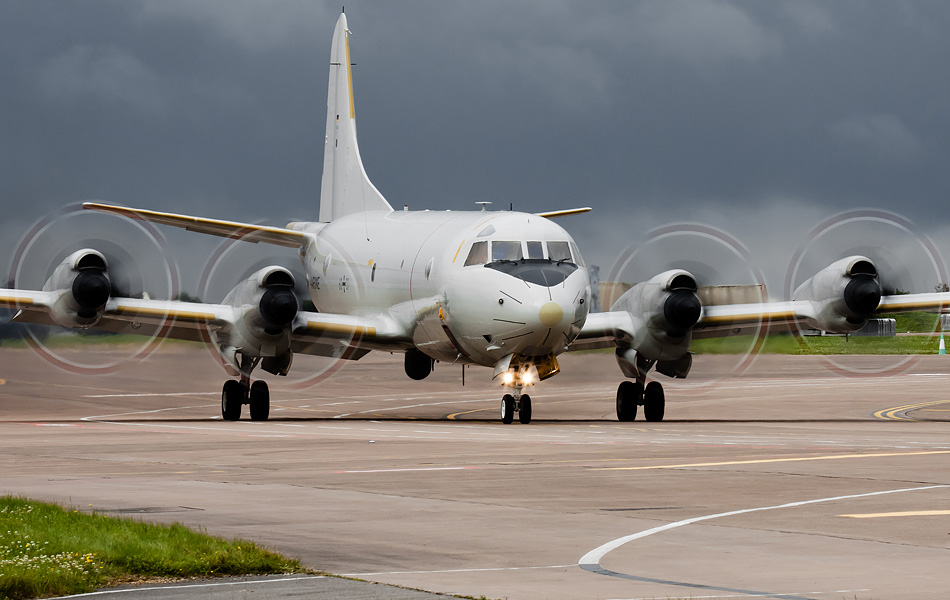
|
ving aircraft has access to a CCTV system which is mounted under the fuselage. The Tristar is able to refuel only 1 plane
at the time despite it has 2 hose drum pods under the wings. The aircraft is capable to carry 187 passengers in the rear
cabin of the aircraft. The baggage of passengers is transported in the front cabin. The aircraft also features a cargo
door on the side of the plane. The three former Pan Am Tristars were almost unchanged when the RAF received them from
the Americans. These aircraft are primarily used by the RAF to carry passengers. The aircraft are referred to as Tristar
C2 and Tristar C2A. The main task of these 3 aircraft was transporting British troops to various locations around the
world. These Tristars can also be equipped in the MEDEVAC role. The aircraft are capable to carry a total of 266 passengers.
The Tristar Fleet will be replaced by the A330 Voyager in the near future.
The Vickers VC10 is the British long-range tanker. The aircraft made its first flight in 1962 from the factory in the
English Brooklands, Surrey. The aircraft was designed as a long range airliner which had to fly to the high and very
hot areas in Africa. An amount of 54 VC10 aircraft were built in the period from 1962 until 1970. The VC10 was employed
as a civilian airliner by the British airline BOAC. The RAF received its first VC10 tankers between May 1961 and September
1961. The second order of 6 aircraft was added to the fleet in 1962. The last 3 VC10s was canceled by BOAC and were
purchased by the RAF. The first VC10 which actually entered operational service within the RAF was a VC10 C1 on November
26, 1965. The aircraft was not equipped as a tanker. The first unit which operated the VC10 was the no 10 Squadron at
RAF Brize-Norton. The VC10 was during its first years in service of the RAF used as a transport aircraft. From 1977,
it was equipped with an in-flight refueling system which introduced the VC10 as a tanker. The VC10 was equipped with
a refuelling pod under each wing. The aircraft was therefore able to refuel 2 planes simultaneously. The existing VC10s
were all converted to tankers. The new VC10 was from that moment on referred to as the VC10 K2 and the VC10 K3. The VC10
has over the years repeatedly been used as support aircraft during various conflicts. The VC10 is currently in service
within the RAF at the no 101 Squadron at RAF Brize-Norton. The VC10 will be phased out during the next 2 years; the
aircraft will be replaced by the Airbus A330 Voyager.
In January 2004, the UK Ministry of Defense decided to purchase the A330 MRTT. This tanker version of the Airbus A330
will be used in the advanced tanker role in the RAF in the next 30 years. The aircraft will replace the obsolete Vickers
VC10 and the obsolete Lockheed Tristar. The Airbus A330 MRTT Voyager is much larger compared with the American Boeing
KC-767. The deal to lease 14 A330 tankers from the international Air Tanker consortium EADS was made on March 27, 2008.
There were 2 versions of the KC-30 Voyager delivered to the RAF. The first version is the Voyager KC2. This aircraft is
equipped with the traditional Cobham 905E wing mounted refuellingpods. The second version is the Voyager KC3. This
version of the tanker is extended with a fuselage mounted Cobham 805E Fuselage Refuelling Unit (FRU). The complete air
transport capabilities can be used when the aircraft is equipped as a tanker. An operational Voyager is able to make a
trans-Atlantic crossing with a cargo load of 5,000 kg, while also 4 Tornado’s can refuel during the same flight. This
is a major economic benefit for the Air Force, because the aircraft can fly combined missions during one flight. There
is no need any more for an additional transport aircraft during these kinds of missions. The tankers are also available
for civilian operators. These operators can hire the tankers to transport special loads. Costs are reduced due to this
renting system. The leased Voyagers will eventually be stationed at RAF Brize-Norton. The aircraft are designated to
the no 10 Squadron.
|
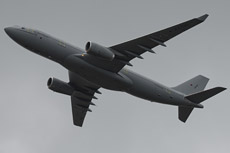
|
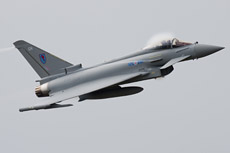
|
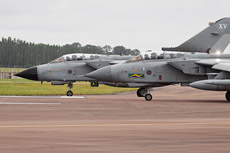
|
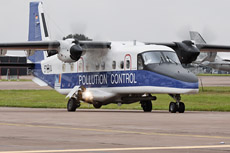
|
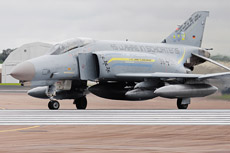
|
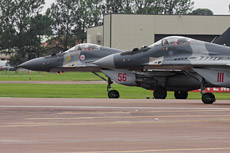
|
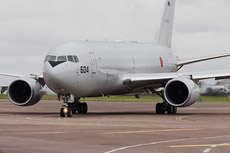
|
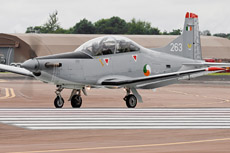
|
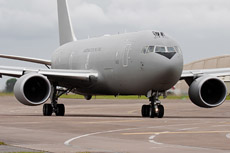
|
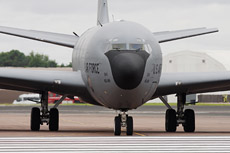
|
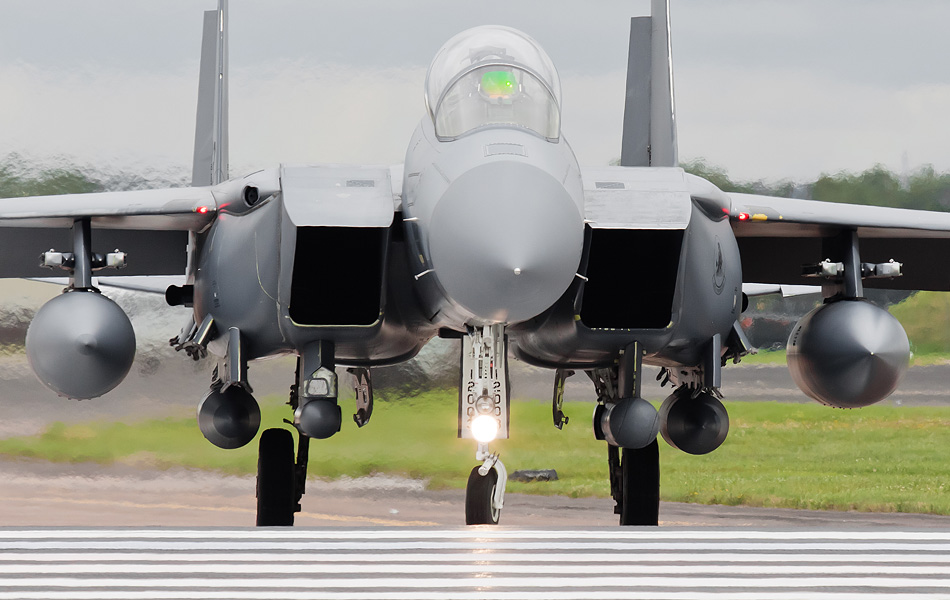
|
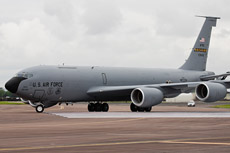
|
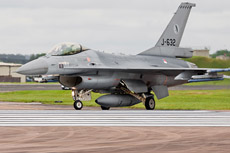
|
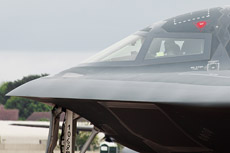
|
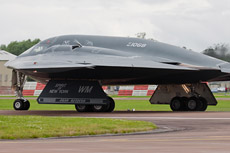
|
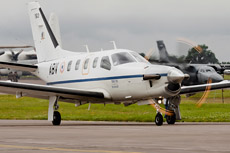
|
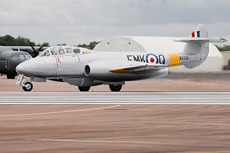
|
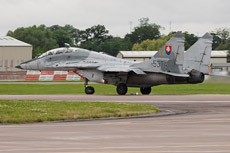
|
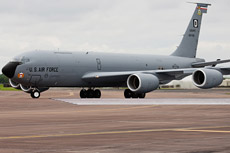
|
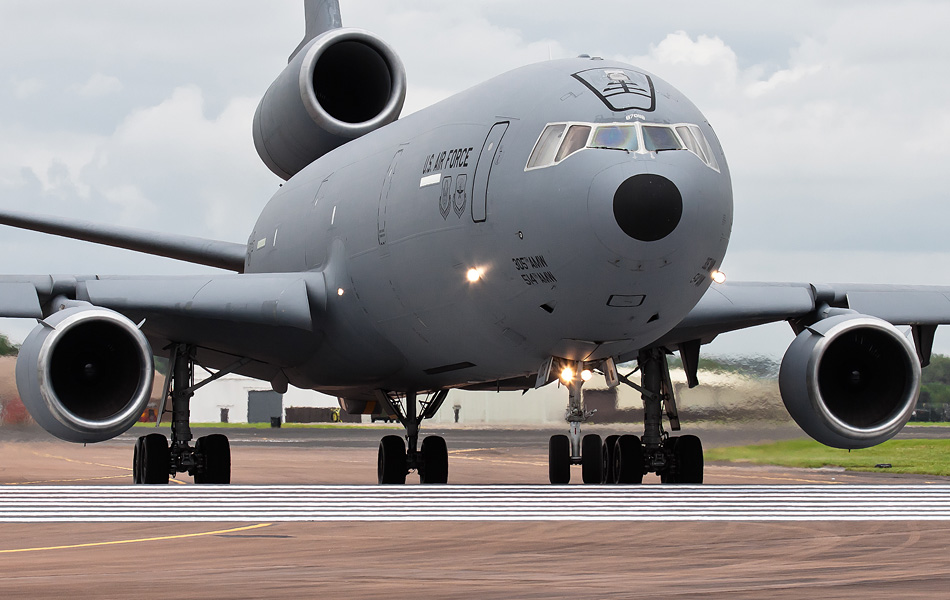
|
|
|

|







